Vööbus Syriac Manuscript Collection - Background
Vööbus’s collection of photographs and microfilms were accumulated during his travels in the Middle East, and they represent his personal approach to gathering materials and data. Sometimes he photographed full manuscripts, and other times the photographs represent only a section or a few pages of the objects. Images may be missing or dislocated. The amount of metadata he preserved for each reel of film was often limited; it might be confined to merely a city name or an indication of the repository where he photographed.
When approaching the need to preserve and provide access to the collection, HMML elected to focus its efforts on preserving as much as possible of the original organization by Vööbus, without additional attempts to try to reassemble the varied images into the objects they represent. This is a collection of Vööbus’s photographs, not a collection of the manuscripts as objects.
We invite users to examine the “jigsaw puzzle” of manuscripts found in these newly available collections, appreciating them for what they are: a record of 20th-century investigation of these materials in situ by a scholar from elsewhere.
Original Organization of the Photographs
The Vööbus collection arrived at HMML as both loose strips of film, and as film reels housed in minimally labeled boxes. Each reel or strip contained a varying amount of film representing a varying number of manuscripts and other subjects, sometimes including photographs of persons and scenery taken during Vööbus’ travels. There was no clear ordering in terms of date or number, but each was consistently labeled with a city, presumably the locale where the photographs were taken.
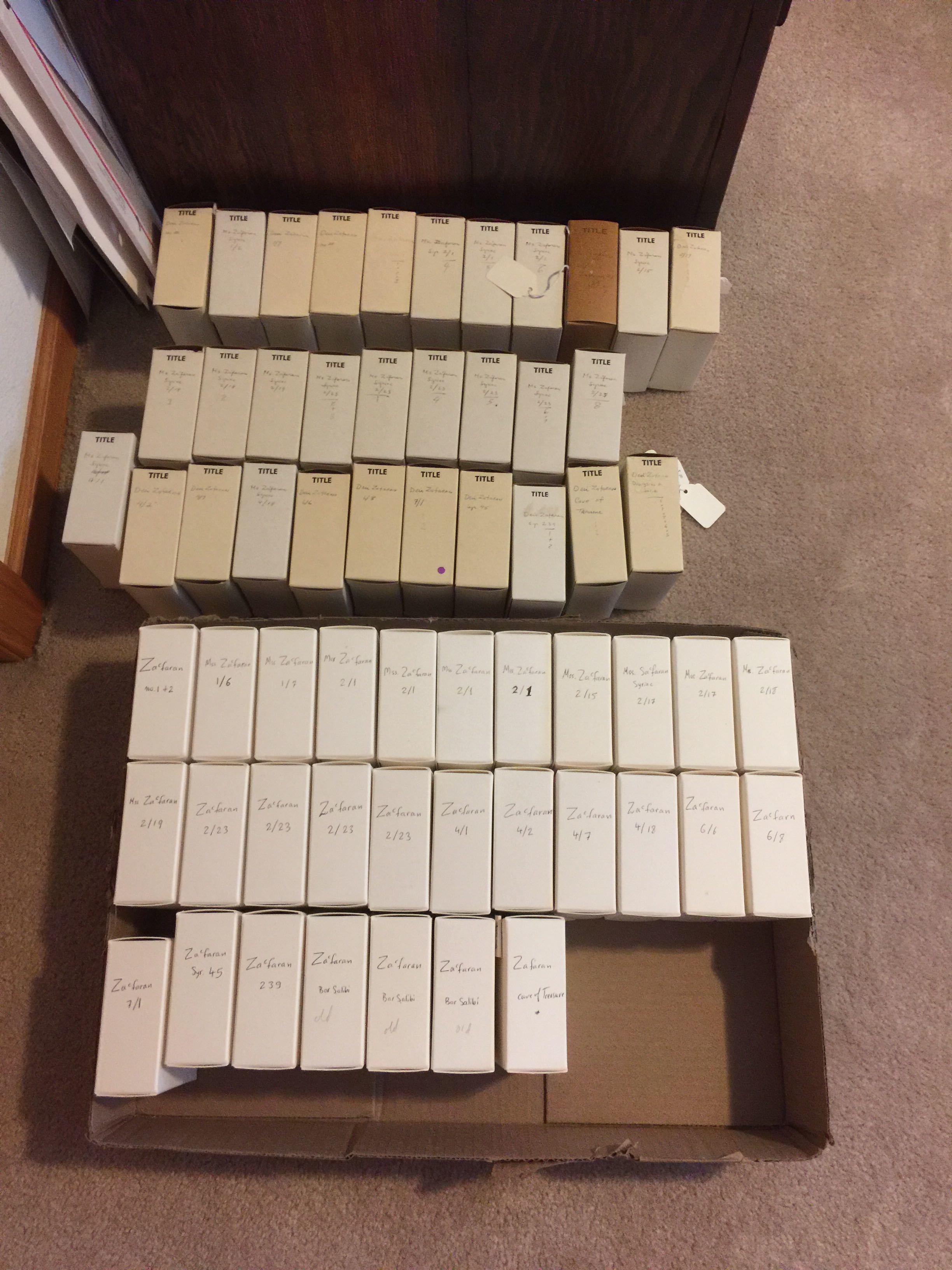
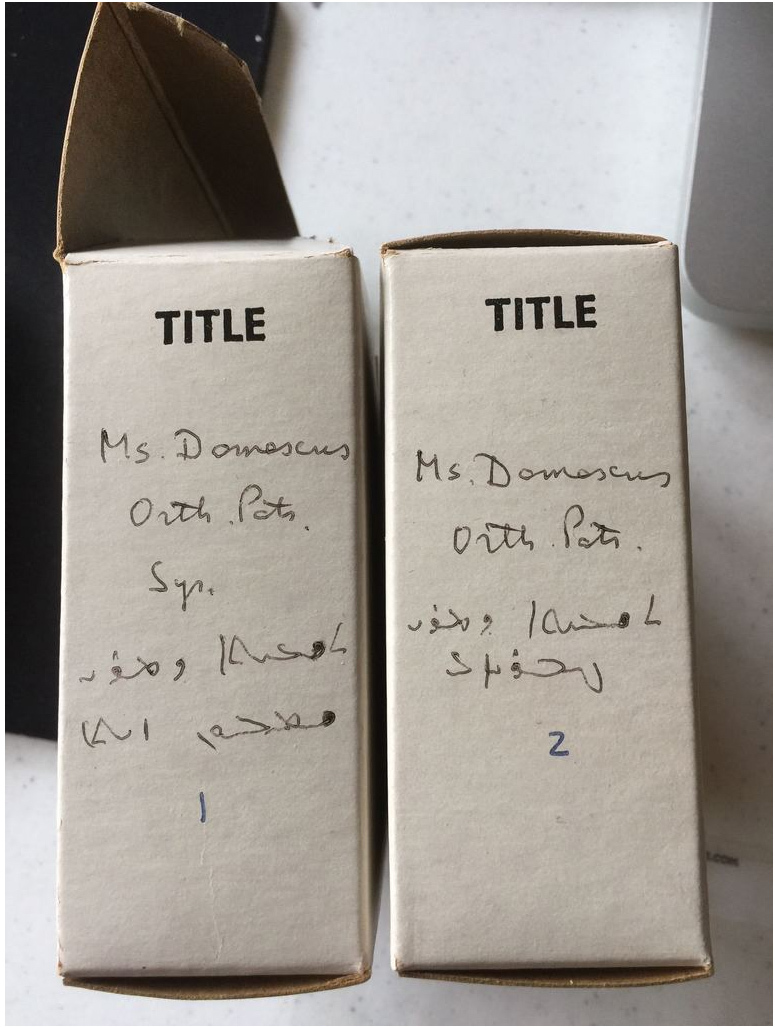
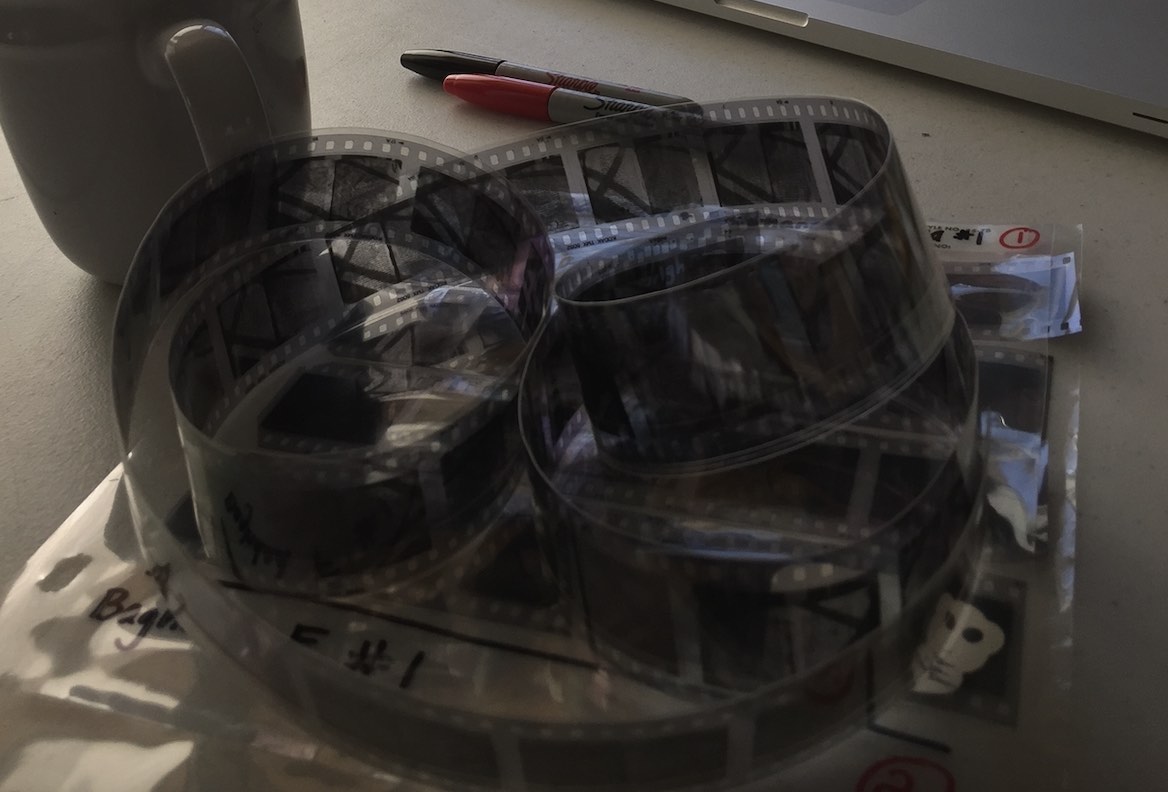
Current Organization of the Vööbus Collection – Physical and Digital
To ensure that the collections would be consistently findable, HMML elected to organize the film strips in binders categorized by city. Within the binder, the strips are stored in sleeves, each of which represents a page. They are labeled with the minimal metadata provided by Vööbus, which may include only the city name.
For example, a particular image comes from a strip of film labeled by Vööbus as “Sarfeh 143 #1,” and stored on page 103 of the Sarfeh binder. Its “call number,” then, would be: Sarfeh binder, page 103, image number 005.
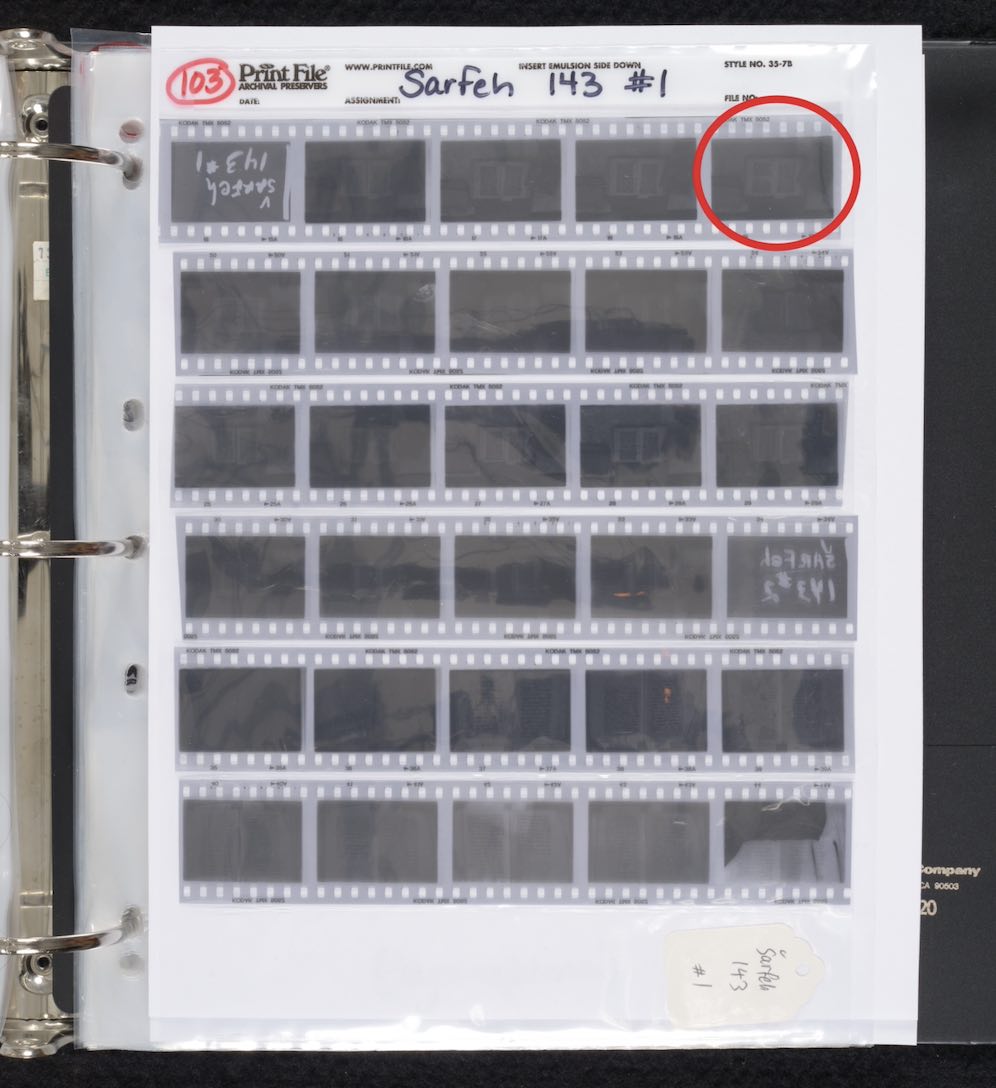
When the images were scanned, this labeling system was used in the file naming, so as to preserve a correspondence between the physical location of the filmed image and the digital object. For example, an image’s description is “Sarfeh 143 #1,” and its file name is: SAR_143_Page_103_005.jpg (SAR_143 = description written on the film box; Page_103 = sleeve page number in binder; 005.jpg = scanned image number).
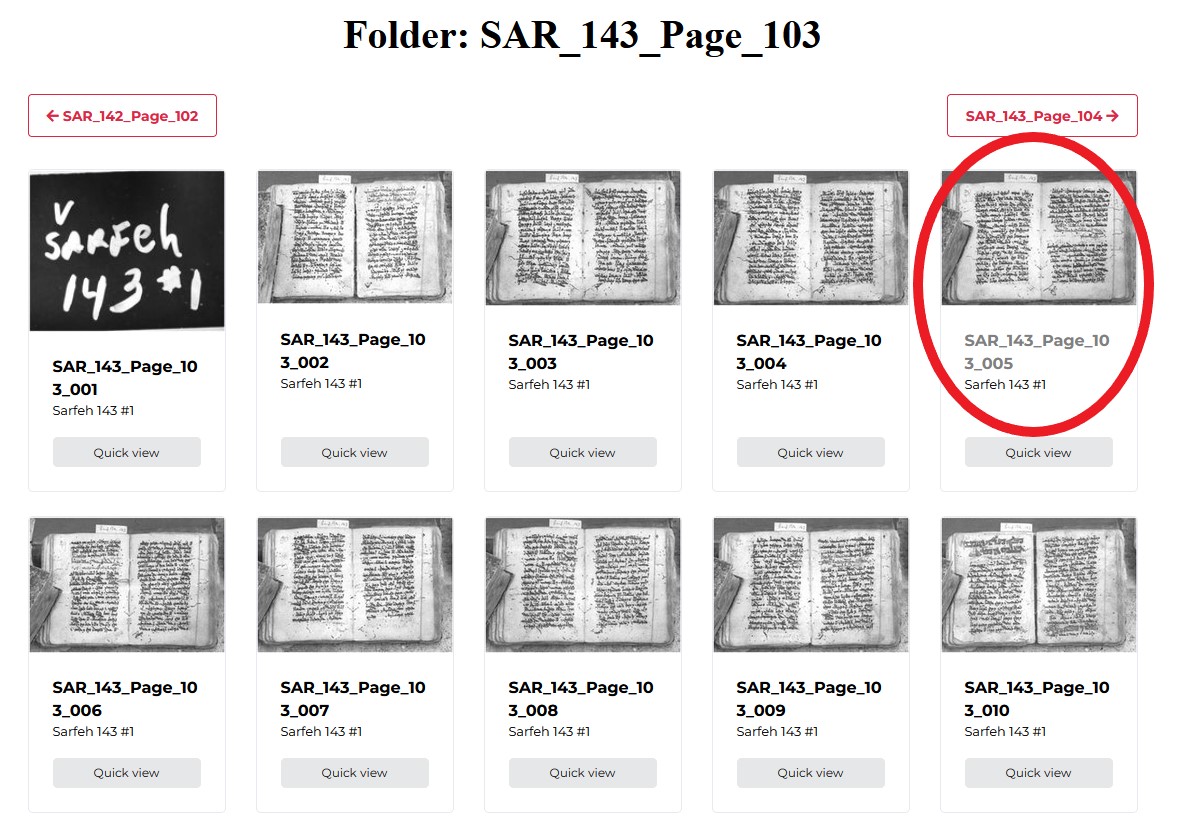
Each image is individually viewable on its own page with basic metadata designed to facilitate quick digitization and naming.
| Country | Country in which the city is located |
| City | City, assigned by Vööbus |
| Description | Brief label provided by Vööbus |
| Image Name | File name for the digital image, composed of a city code, binder page number, and image number (see description above) |
| Folder | Name of the computer folder in which the digital image is stored |
While HMML has no plans to supplement this metadata at this time, we invite comments/feedback from scholars working with the images, which may be used to provide additional information in the future.